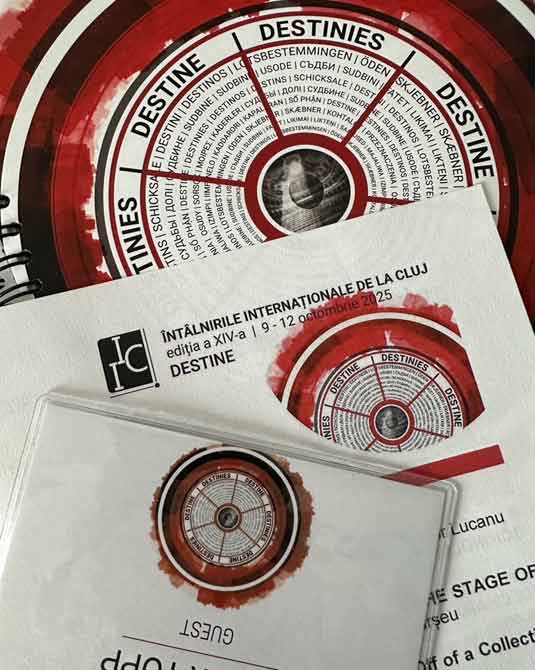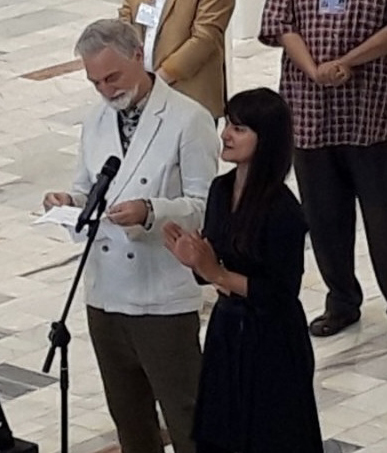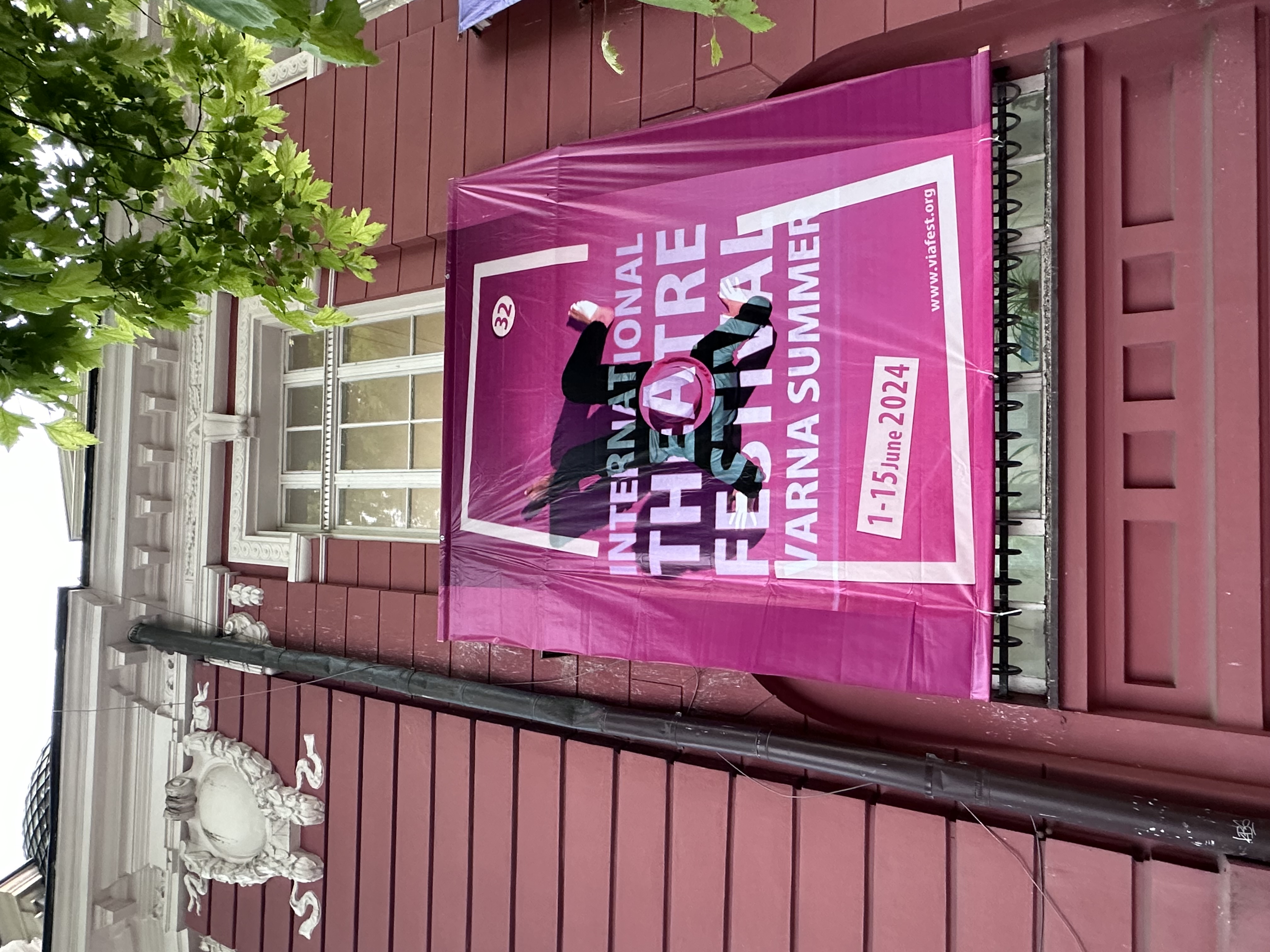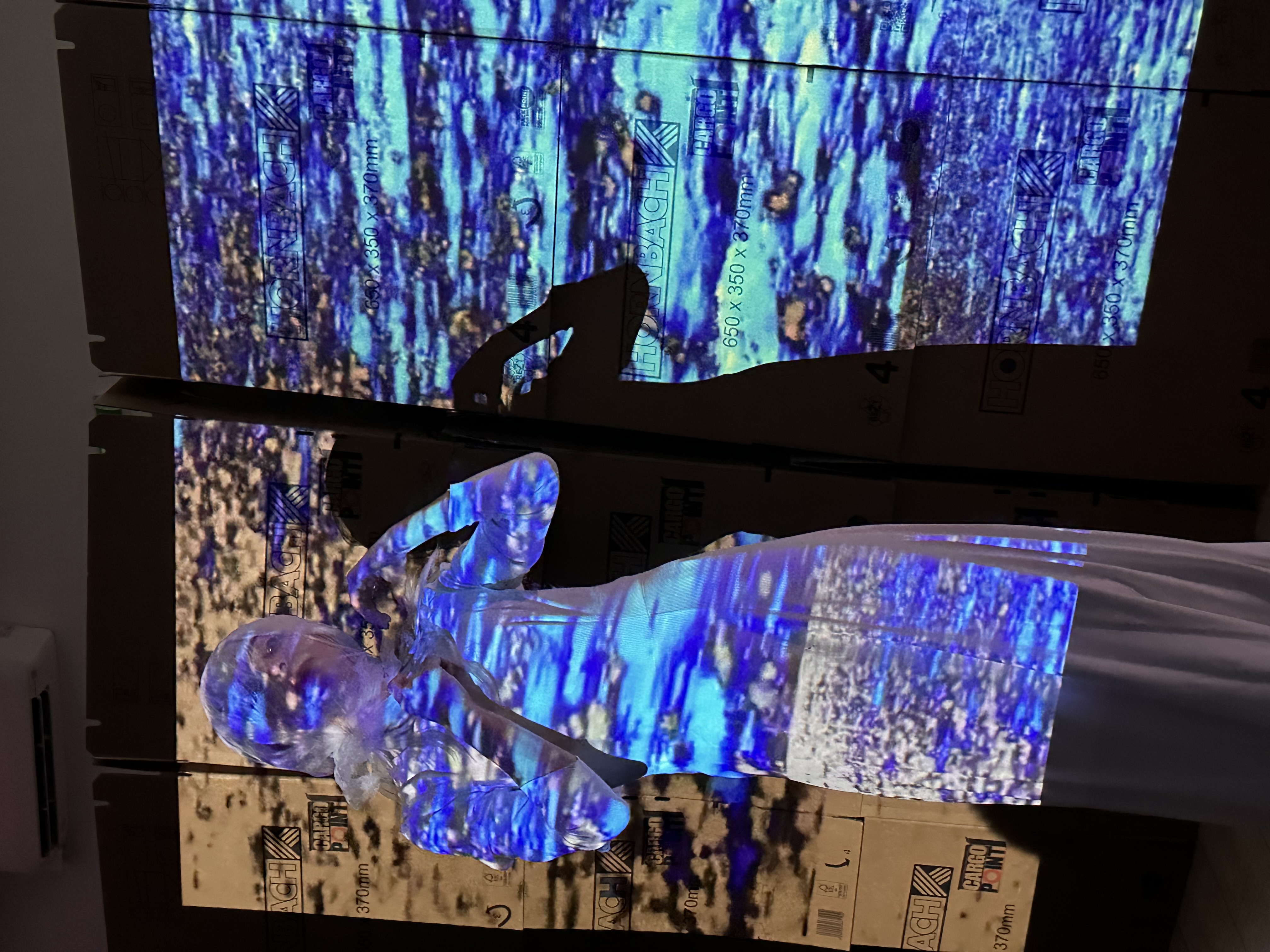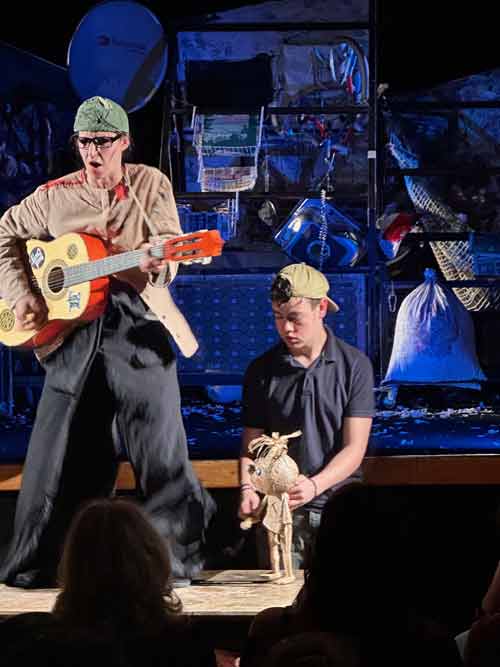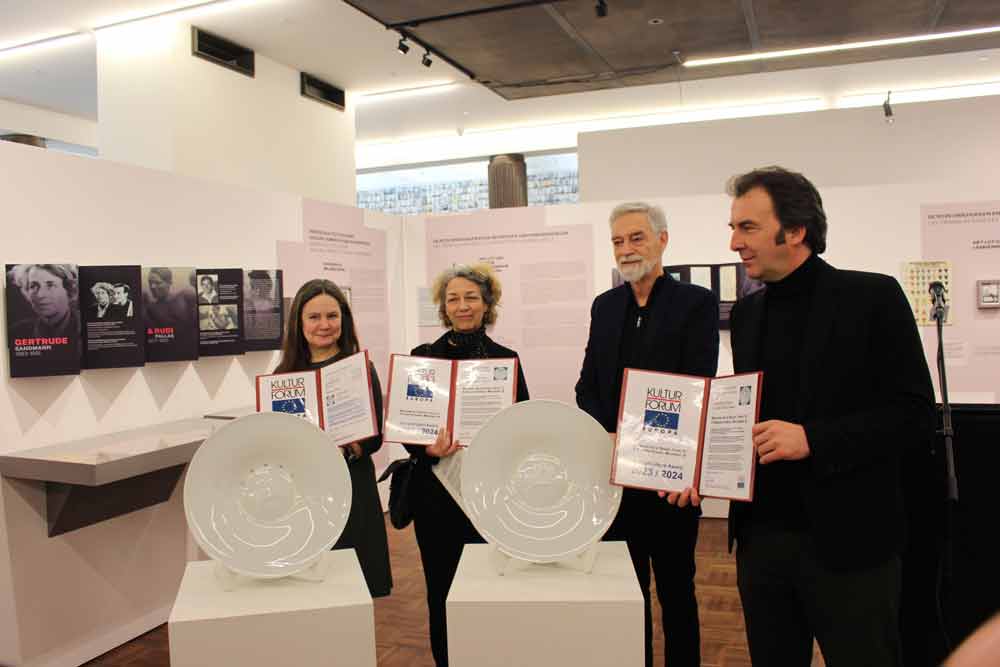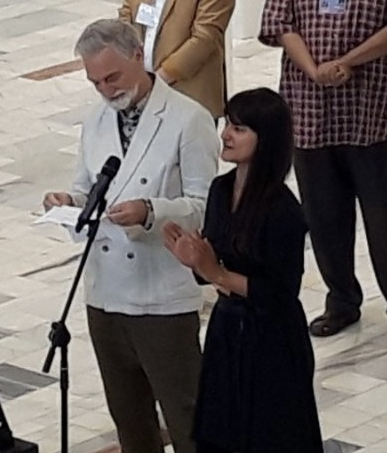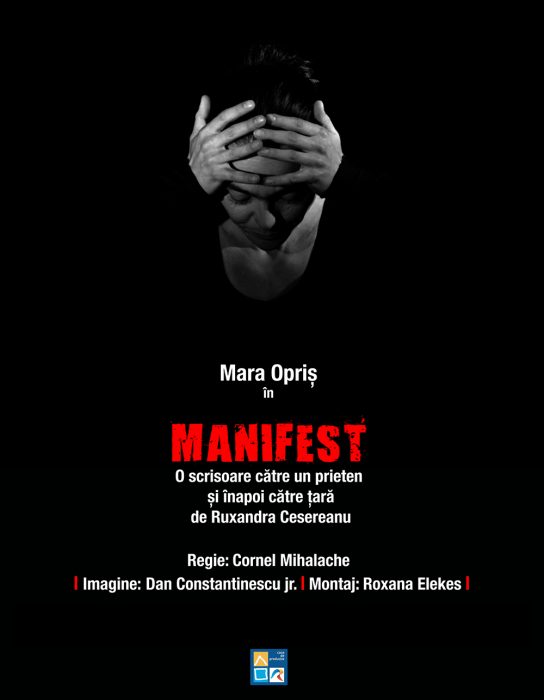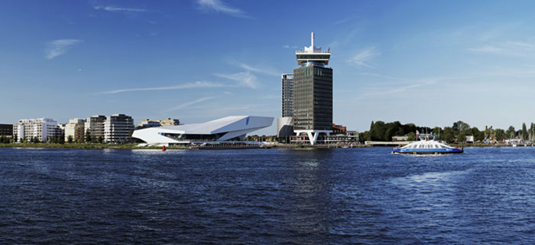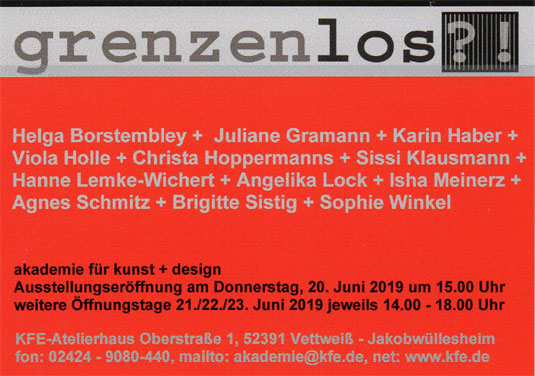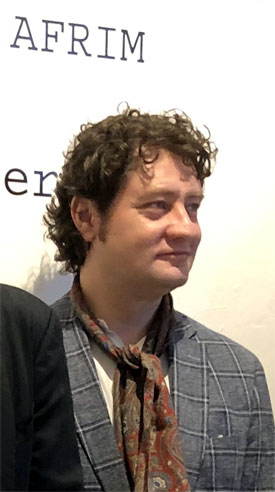 Cătălin D. Constantin
Cătălin D. Constantin... connecting the exhibition with the symbolic role of the human body in European culture...
BACC, Bangkok , 25.11.2018
Vernissage
Boys, girls and neighborhoods
Pictures: Radu Afrim
Curator: Cristina Rusiecki
Good afternoon, my name is Cătălin D. Constantin, I am a philologist and an anthropologist and I want to express my gratitude for inviting me to Bangkok Art and Cultural Centre to speak about this very beautiful and interesting exhibition, Boys, girls and neighborhoods, by Romanian stage director Radu Afrim, curator Cristina Rusiecki. My first plan was a much longer speech connecting this exhibition with the symbolic role of the human body in European culture, but I will try to be shorter, which is somehow more difficult.
For me, as an anthropologist, the subject of this exhibition is represented by the contradictory answer to a question that can be formulated in two ways: To have a body? or To be a body? Though apparently similar, these are two very different questions in substance, describing two very distinct ways in witch European culture reflected the human body through itshistory. That is why, for me, Radu Afrim¢s pictures representa visual anthropology of the present, taking the human body as a guiding thread. I will explain this with a short journey through Europe¢s cultural representation of the human body, which, I believe, can be seen also in the pictures in this exhibition.
To have a body? With this question we go to Old Europe, to traditional communities in Middle Ages, let¢s say, where thebody was perceived as a possession. A person owned a body in the same way a person owned a house or something else, any other material object. Actually the body was conceived as a house of the soul, and nothing more. That¢s why beauty of the human body was not a purpose in itself. It was not a purpose at all. The body did not meant identity. It was not the unquestionably limit. It was only a symbolic frontier, atransitive one, part of a much larger series of frontiers defining and describing the human being as a spiritual being and as part of a larger community, not confined to a body. It was even believed a human soul could change the „house” and easily move in a different body by the means of rituals or magic acts.By contrast, modern European culture put the sign of equality between body and person. Identity is given especially by facial traits. To be someone means to be a body. The human existence is corporal and the apparition of laic portraits in European art is simultaneous to this idea. Beauty of the body becomes a purpose in itself, a beautiful body is something to whish and admire. Of course, this is directly or just symbolically connected to sexuality and the beauty of nude body is important. See how beautiful are the bodies in Radu Afrim¢s pictures! It is important for the Romanian public that figures in his pictures are actors. You may easily recognize them and this creates an important and ambiguous reference to identity. But I think this is also visible here, in a different culture: a strange, ambiguous and ambivalent identity of the characters in his pictures.
When does this transition between body as possession and body as identity happens in European history? Hard to say, but actually it superposes the shift between traditional cultures and modern culture. If I would have to find the first clearembodiment of this change, I would choose to go to Italy, to Piazza del Campo, the main square in Siena. There, for the first time in Europe after Antiquity, several human nude bodies, not representing saints or Adam and Eve, where sculpted in marble, in order to decorate the central fountain inthe square, named Gaia. This happened in Quattrocento. The pick of the body conceived as the center of preoccupation and identity will be much latter, in the XX century, in the 60s. Of course, in western Europe, because Romania was under communism and such photography would be forbidden. But I strongly believe pictures in this exhibition by Radu Afrim play for Romanian visual art a similar role with similar pictures and art in western Europe in the 60s, though their language is different.
The body has a profound symbolic meaning in Radu Afrim¢spictures and the perspective is a very modern one. But there is also a reference to the spiritual, ethereal body and it is enoughto invite you to look at the flying bodies on the poster of the exhibition. It is my favorite picture in the exhibition and I know it is also Cristina¢s favorite. This picture helps me make the transition to Cristina Rusiecki¢s book about Radu Afrim, The Fabric of Fragility. On its cover you may also see a picture by Radu Afrim representing a floating body. I don’t believe similar movements of the bodies where chosen on purpose by Cristina for the poster of the exhibition and for the cover of the book, but coincidence puts sometimes an interesting focus on a symbolic aspect.
The book was first published in Romanian language in 2012. English version followed in 2016. It is a special book and a very beautiful one. Special, because it is a rare case in Romania to have such a detailed documented book about the work of a stage director. And beautiful, for at least two reasons. It is an object-book, professionally edited and printed, with a lot of beautiful pictures, most of them also taken by Radu Afrim. Which is also not so common, because stage directors usually don’t take pictures by themselves during rehearsals and plays. But also beautiful because the text itself is very beautiful. Cristina Rusiecki is not only a theater critic and cultural journalist, but also a philologist and her text has evidently literary qualities. You read her book with the pleasure you read a literary work.
Cristina told me she first saw a play by Radu Afrim around the year 2000. The well-know theater critics present at that time at the play disked it totally. Nowadays, Radu Afrim is well-known and recognized by all critics for his importance in changing the contemporary Romanian theater. Cristina¢s book was published somehow equidistant of this two points. But, as author, she will speak more about this. Cristina, congratulations for this beautiful book and for organizing this exhibition! Thank you for inviting me at Bangkok Art and Cultural Centre to speak about this project, it is an honor for me!
Back

